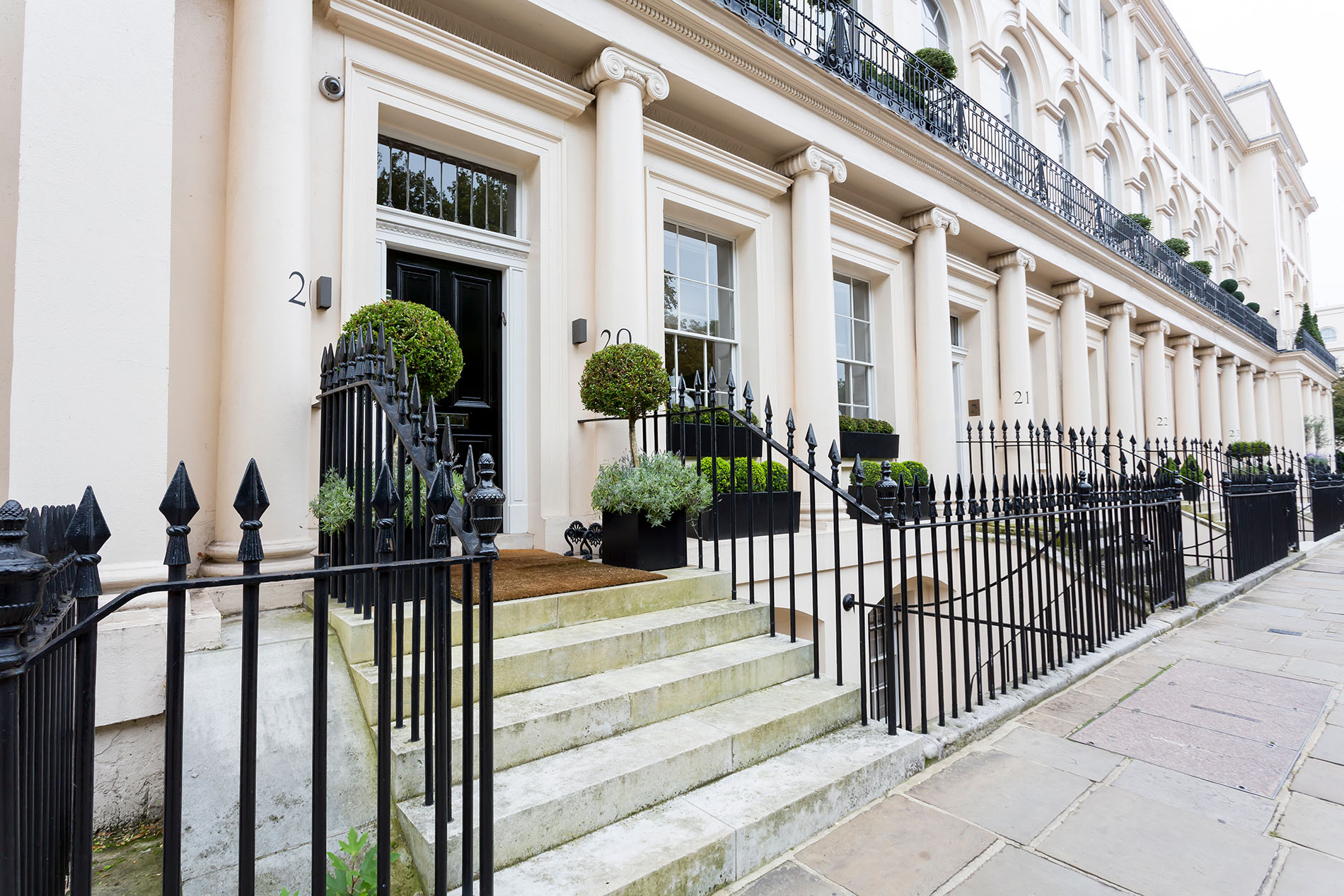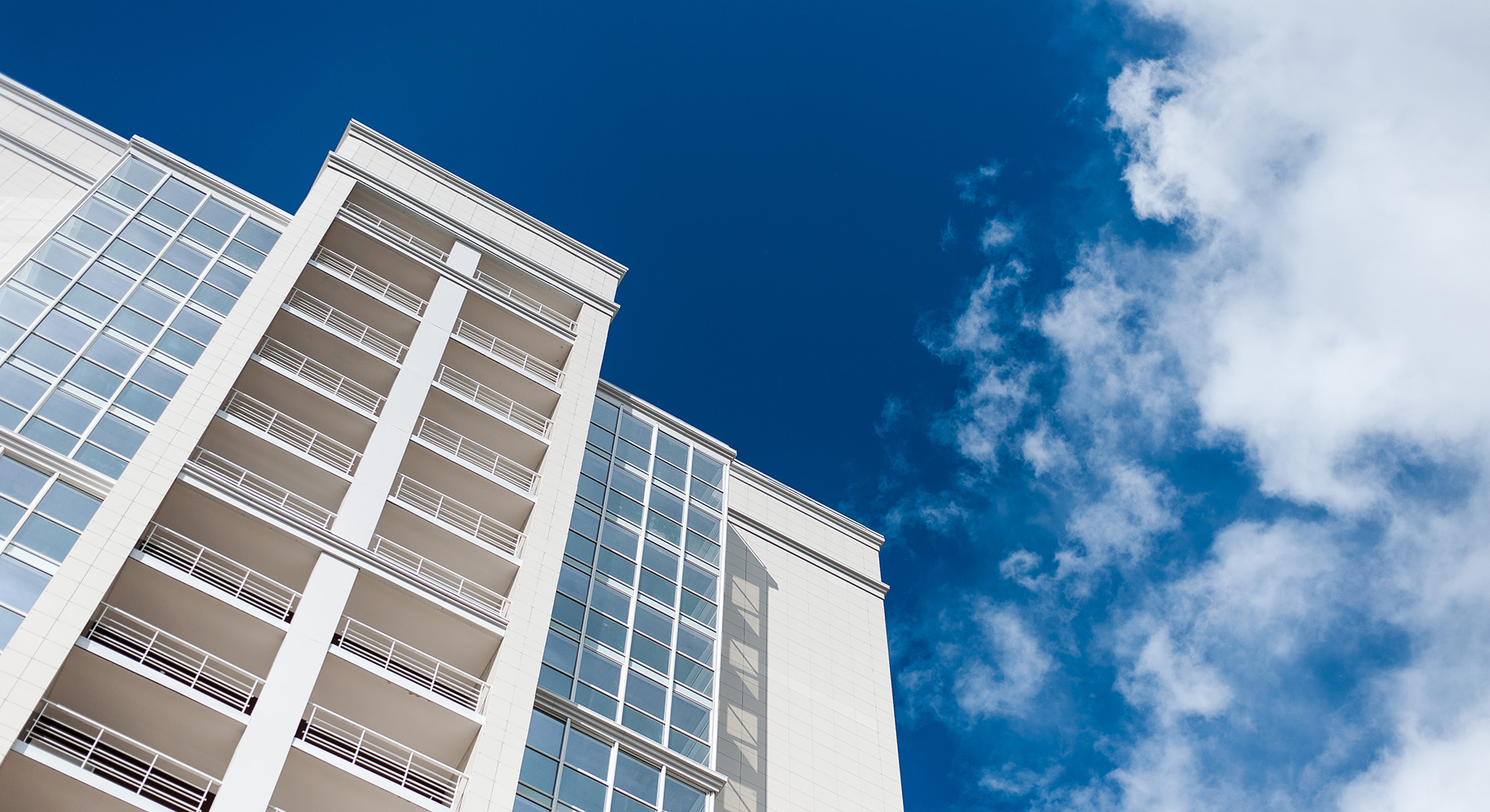Darren Bagnall from Manage Your Block explains the difference between Leasehold and Freehold.
The roots of land ownership laws in England go back many centuries, and the body of law we are left with today is very complex which is why solicitors must be involved whenever you buy or sell property.
When it comes to blocks of flats or apartments, things get even more complicated; who owns the land? Who owns the flats? And how far do each party’s areas of responsibility extend?
The first step to sorting out this issue is to understand the difference between leasehold and freehold.
Freehold
Freehold refers to the complete ownership of an area of land. To own a freehold, you must buy or inherit it.
A ‘freehold property’ is one which is owned by the same person who owns the land on which it is built; commonly referred to as the Landlord.
Leasehold
Most properties in England are built on land which is leased from the freeholder. These are therefore ‘leasehold properties’, and anyone who buys them owns the building but NOT the land it is built on.
When the lease on an area of land expires, the land and all properties on it technically become the property of the freeholder.
Obviously, it is not in anyone’s best interests for freeholders to go around making their leaseholders homeless, so there are various ways the situation can be resolved.
Management of Leasehold Properties
If your block of flats is owned on a shared freehold basis (the ownership of the land they are built on is tied in with the ownership of the individual residences), a Freehold Management Company (FMC) will oversee the day to day running of the building. Each resident is therefore a leaseholder, company director and shareholder, although usually only certain directors will have a ‘hands on’ role.
More commonly, blocks of apartments are built on leased land. The terms of the lease will specify whether management of the property falls under the responsibilities of the freeholder, the landlord (who may be one and the same), or the residents.
If it is the responsibility of the residents, a leasehold management company will allow these responsibilities to be addressed effectively. However, setting up a Residents Management Company (RMC) can be tricky; if you find yourself faced with this situation, you can call on Block in a Box to help you through the process.
Freeholder (Landlord) Responsibilities
The freeholder is usually responsible for the repair and maintenance of the exterior (including communal gardens) and the cleaning and maintenance of common parts such as lifts, stairs and hallways. They must also handle the utility supplies for communal areas, arrange any major works following a Section 20 procedure and make sure the building meets health and safety regulations.
They are also responsible for handling the service charges to be collected from the leaseholders to cover these costs- the calculation of which is a delicate process. The amount must be ‘reasonable’ to avoid expensive disputes being taken to tribunal. The calculations should be set out in the lease and an annual management report that details how the money has been spent should be provided for the leaseholders.
Alongside the above, the freeholder is also responsible for arranging suitable insurance for the building as leaseholders will only arrange for contents insurance unless otherwise stated in their leases.
Leaseholder Responsibilities
Your responsibilities as a leaseholder will be fully determined by your lease.
Leases are often difficult to interpret so, if you’re unsure, it would be wise to seek legal advice (as contravening the terms of your lease could lead to you being sued by your landlord).
Usually though, you will be expected to keep the interior of your property in good repair and to pay a proportionate share of the costs of running the building via your service charge.
Communal areas are usually required to be free of rubbish and personal belongings (e.g. bikes and bin bags etc) due to health and safety requirements and you’ll be expected to behave in a neighbourly manner.
You’ll need to obtain the landlord’s consent if you want to make alterations or to sublet your property. When making alterations, you may also require building regulation approval.
We hope that clarifies the basic differences between leasehold and freehold ownership, but please feel free to contact us with any further queries.
Our sister company Block in a Box can also help with legal support, utilities, repairs, insurance, health and safety, and just about any other issue a flat owner or manager might face.
Head to our website for details of Manage Your Block and our sister company Block in a Box- providing tools specifically designed to make the lives of RMC directors simpler and easier. Call us on 0333 577 9070.


